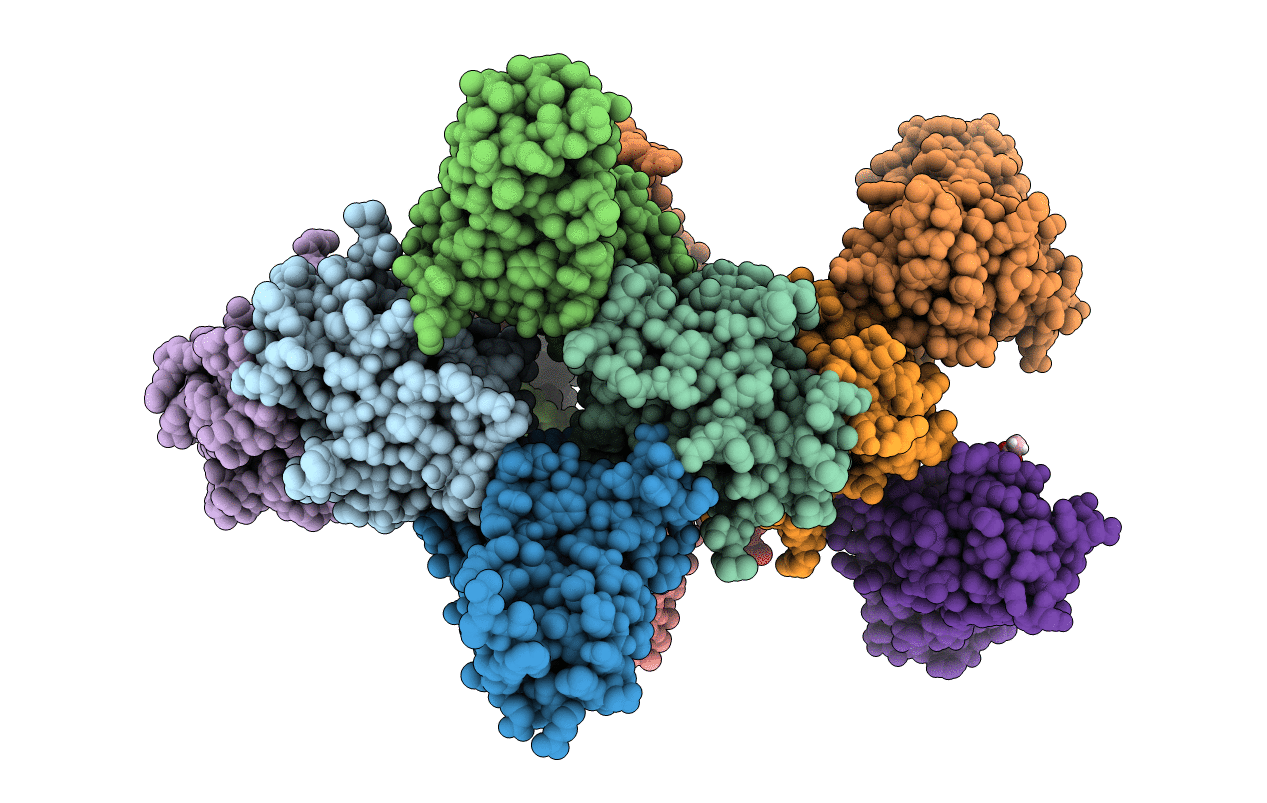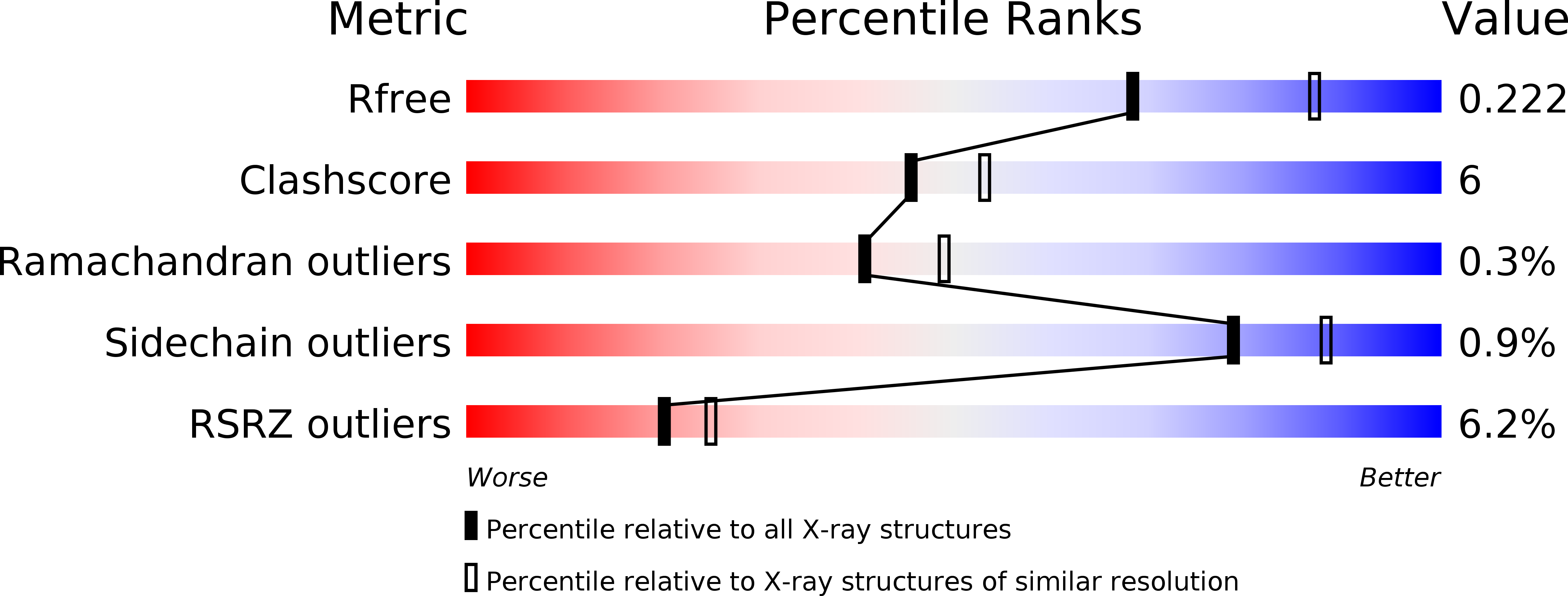
Deposition Date
2011-10-31
Release Date
2011-12-21
Last Version Date
2024-11-06
Entry Detail
PDB ID:
4A63
Keywords:
Title:
Crystal structure of the p73-ASPP2 complex at 2.6A resolution
Biological Source:
Source Organism:
HOMO SAPIENS (Taxon ID: 9606)
Host Organism:
Method Details:
Experimental Method:
Resolution:
2.27 Å
R-Value Free:
0.24
R-Value Work:
0.21
R-Value Observed:
0.21
Space Group:
I 1 2 1


